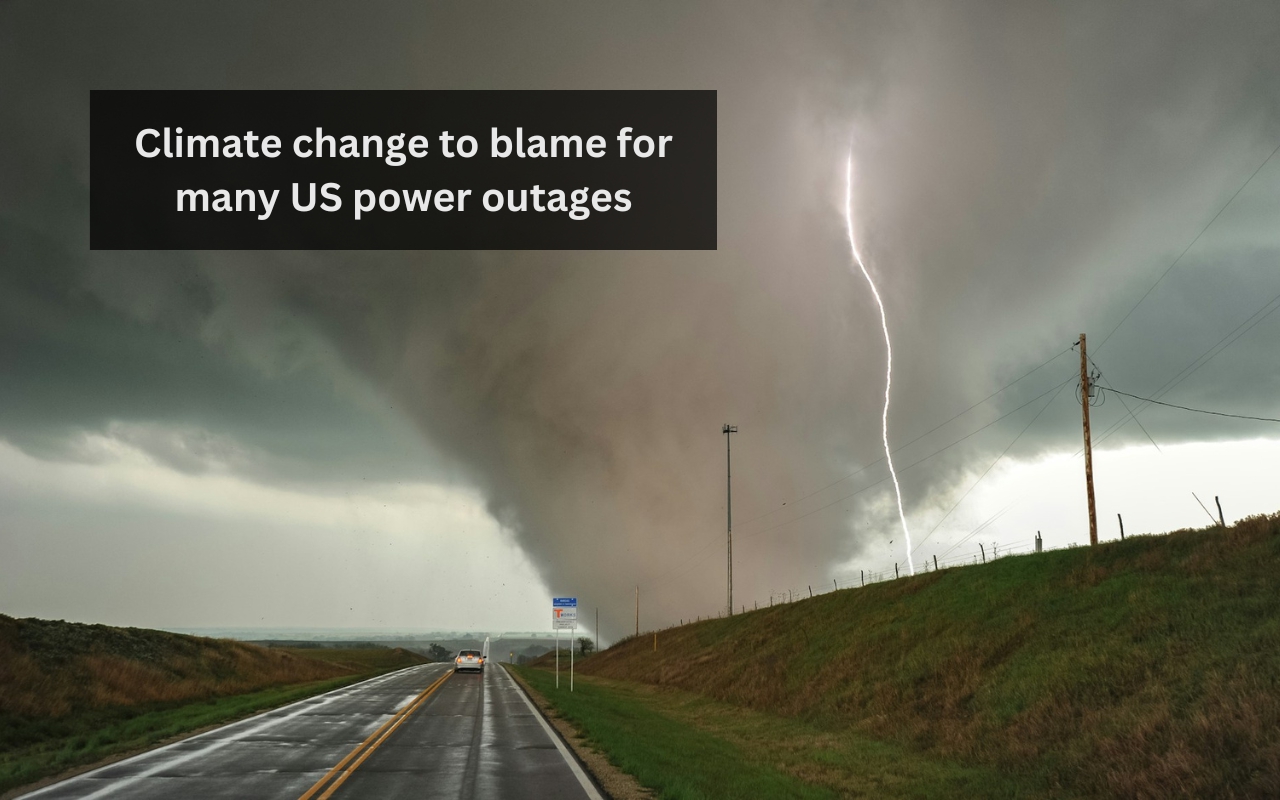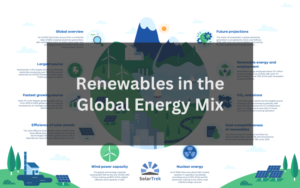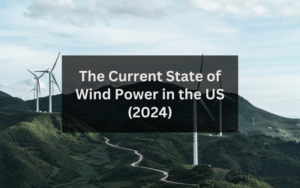The US is witnessing an unprecedented rise in weather-related power outages, challenging the resilience of its aging electrical infrastructure. As climate change intensifies, extreme weather events are becoming more frequent and severe, putting a great deal of pressure on an energy grid that was designed for a bygone climatic era.
Based on the findings of Climate Central‘s study earlier this year, this article looks at the current state of power outages across the nation, examining the geographical and demographic impacts, and exploring how innovations such as microgrids and smart technologies can help forge a path toward a more resilient national power system.
The prevalence of weather-related outages
Over the past two decades, the frequency of power outages in the United States has surged, predominantly due to weather-related events. A study by Climate Central reveals that a staggering 80% of all significant power disruptions (numbering 1,755) have stemmed from meteorological conditions from 2000 to 2023. These interruptions have not only been frequent, but also widespread, affecting vast swaths of the nation’s infrastructure.
Severe weather, encompassing high winds, intense rains, and thunderstorms, has been the most common cause, accounting for 58% of these incidents. Winter storms follow, causing 23% of the outages, with snow and freezing rain affecting power lines and facilities. Meanwhile, tropical cyclones, including hurricanes, are responsible for around 14% of the disruptions. Although less frequent, these storms often lead to the most prolonged and devastating outages, having a devastating impact on local communities and infrastructure.
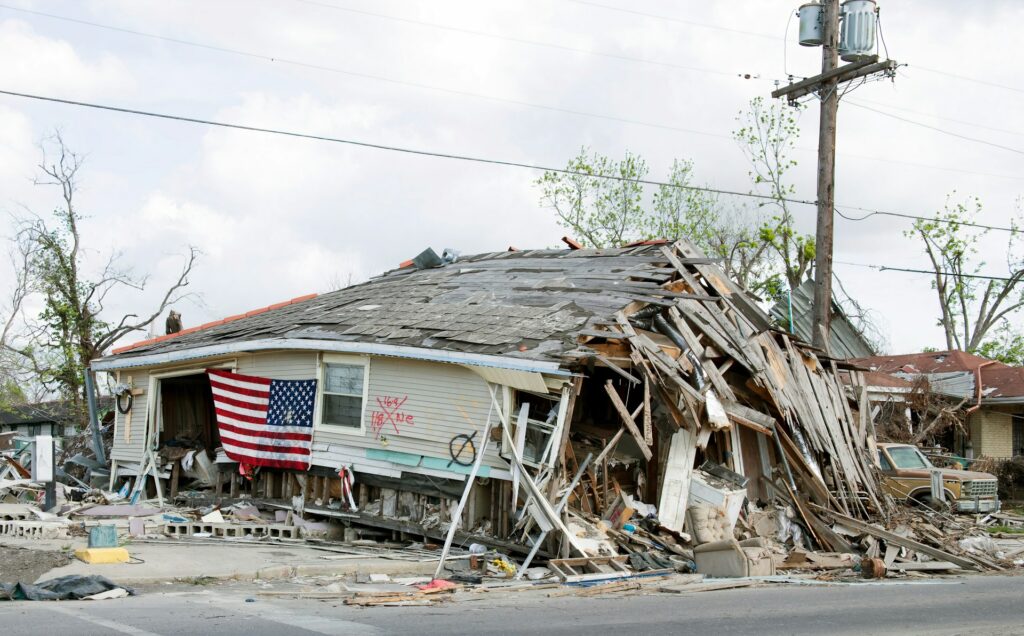
How much is climate change to blame?
Climate change has intensified the frequency and severity of extreme weather events across the US, placing unprecedented stress on the nation’s aging energy infrastructure. These severe conditions often surpass the capabilities of the existing grid, primarily composed of above-ground components like transformers, transmission wires, and utility poles, leaving them highly susceptible to disruptions.
The vulnerability of the US’s electrical infrastructure is further exposed as storms, heatwaves, and other weather extremes continue to evolve in intensity. This has outstripped the design specifications that the electrical grid was originally intended to handle. The majority of the grid is exposed to these harsh elements, increasing the likelihood of widespread power outages whenever extreme weather strikes.
Which states have seen the worst impact?
Weather-related power outages in the U.S. show significant geographical and state-specific trends that highlight the uneven impact across different regions. According to Climate Central’s analysis of power outage data from 2000 to 2023, the Southeast, South, Northeast, and Ohio Valley regions experienced the highest number of weather-related outages. Specifically, the Southeast reported 360 outages, closely followed by the South with 352, the Northeast with 350, and the Ohio Valley region with 301 during this period.
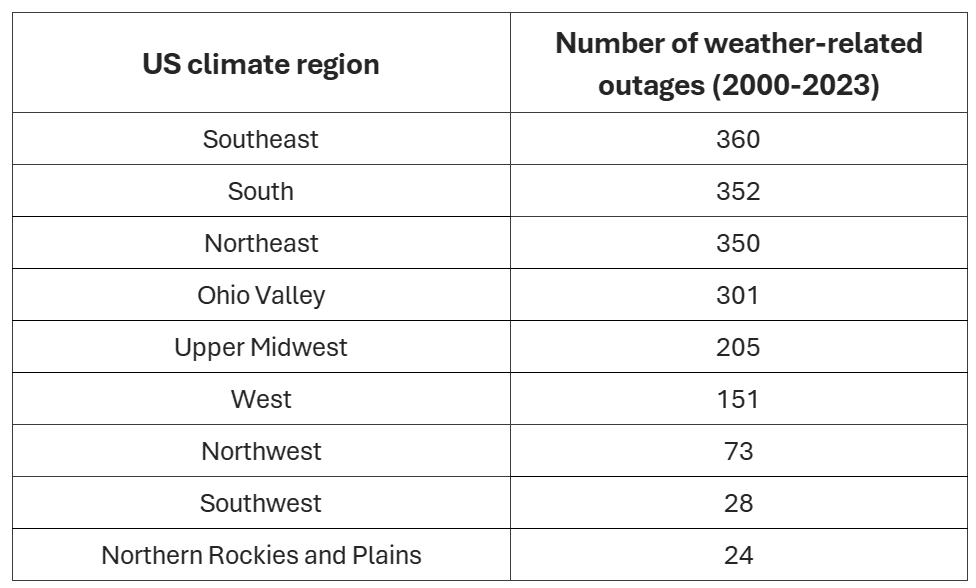
If we look at US states rather than regions, Texas leads with the highest number of reported weather-related outages totaling 210 events from 2000 to 2023. Following Texas, Michigan recorded 157 outages, California had 145, North Carolina reported 111, and Ohio had 88. These states have encountered diverse weather challenges ranging from hurricanes and tropical storms to severe winter conditions that have repeatedly stressed their electrical infrastructures. The disparity in outage numbers across regions and states reflects the varied climatic conditions and the associated weather challenges they face.
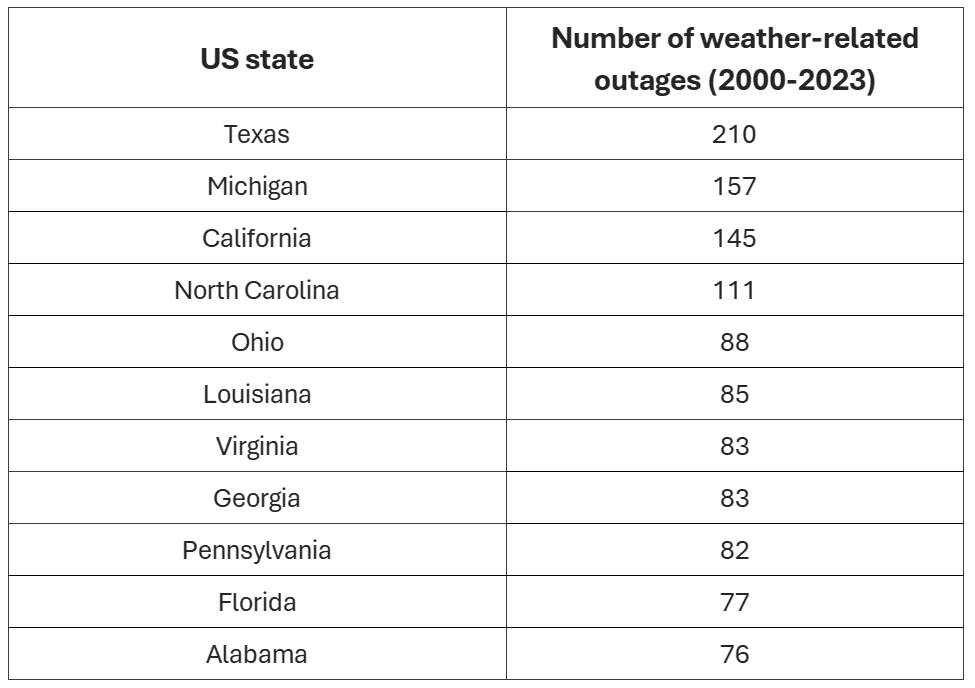
What is the impact of power outages on communities?
Power outages can result in a range of serious consequences that stretch beyond mere inconveniences. The absence of electricity affects vital services and the everyday comfort of individuals, particularly impacting those who rely on medical equipment requiring power. For example, a study from 2023 pointed out that long-duration outages are most common in regions such as the Northeast, South, and Appalachia, where they frequently impact socially and medically vulnerable populations.
The hazards associated with power outages can be life-threatening in scenarios involving extreme temperatures. Without heating, winter storms pose severe risks, while heatwaves can become deadly without air conditioning. This is a particular risk in those areas which are prone to intense weather events, where the infrastructure may be less equipped to handle the surge in power demand or the direct impacts of the weather itself.
Furthermore, power outages disrupt critical infrastructure, affecting everything from water purification systems to transportation networks and emergency services. The cascading effects of these disruptions can halt the delivery of essential services, hinder emergency responses, and effectively paralyze entire communities.
What can be done to achieve greater 'grid resilience'?
Building a more resilient power grid involves the integration of various advanced technologies and infrastructure enhancements designed to withstand the increasing frequency and severity of weather-related disturbances. Microgrids stand out as a critical component in this strategy. Microgrids are small-scale power networks, which operate independently or in conjunction with the main grid. They are particularly effective due to their ability to disconnecting from the grid to operate autonomously. By harnessing renewable energy sources like solar and wind, microgrids not only bolster grid resilience, but they can also help reduce overall emissions.
Smart grid technologies are another strategy being used to achieve grid resilience. These systems employ advanced sensors and meters that provide utilities and consumers with real-time data about power consumption and grid conditions. This information is crucial for anticipating potential disruptions and managing power flow more efficiently to mitigate the impact of outages.
Fortifying the existing infrastructure is equally important. This process, often referred to as hardening the grid, can involve replacing older poles with more durable materials, burying power lines to protect them from severe weather, and enhancing the redundancy of critical components to ensure reliability even when parts of the grid fail.
Together, these strategies form a multi-layered approach to improving the nation’s power infrastructure, which makes it more capable of facing the challenges posed by a changing climate and more extreme weather patterns.
Can we start feeling more confident about the future of grid resilience?
The short answer is yes, there is cause for measured optimism regarding the resilience of the U.S. power grid against future challenges. Ongoing enhancements in infrastructure, alongside the strategic adoption of microgrids and smart grid technologies, provide a strong foundation. These initiatives are crucial for not only sustaining power during adverse weather events but also in reducing the overall environmental impact. With continued investment in these areas, along with a commitment to renewable energy integration, the grid’s capacity to adapt to and withstand climate-related disturbances looks increasingly promising. This concerted effort in fortifying the grid serves as a clear indicator that we are moving towards a more reliable and sustainable energy future, a future where communities are no longer crippled by the devastating impacts of climate-related natural disasters.
For further reading, you may want to read the full report by Climate Central, or you may be interested in the following articles:


